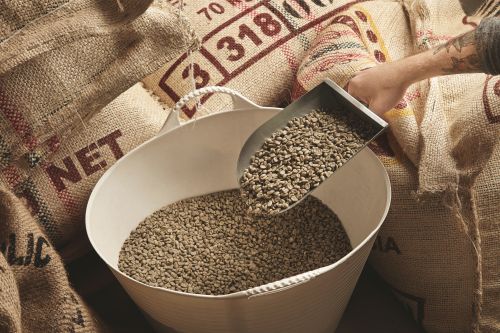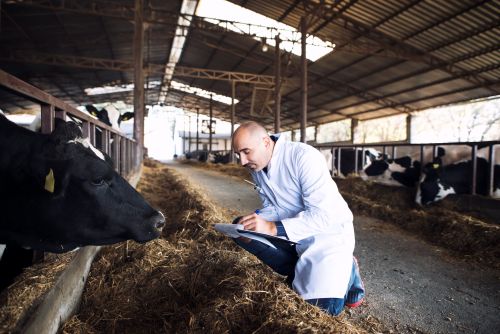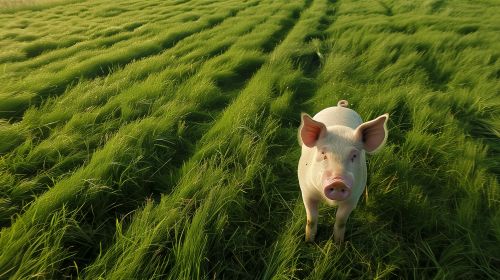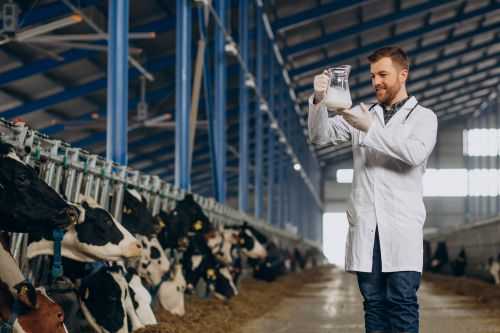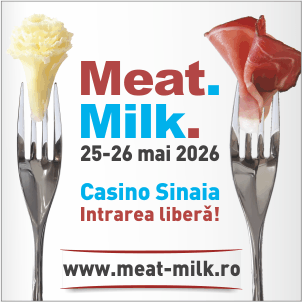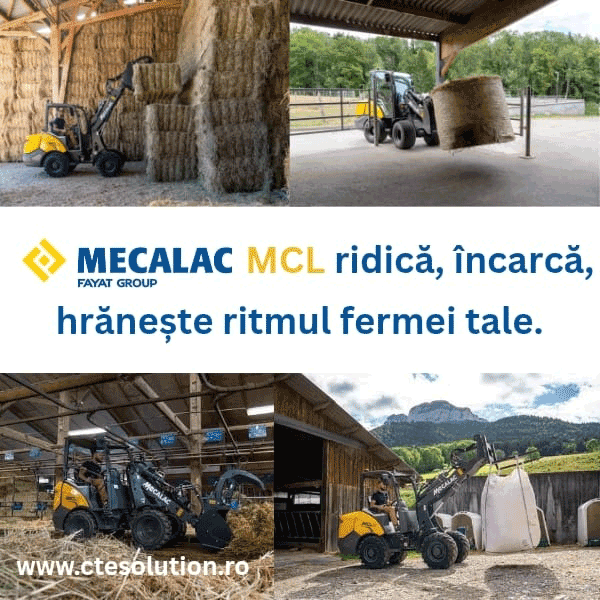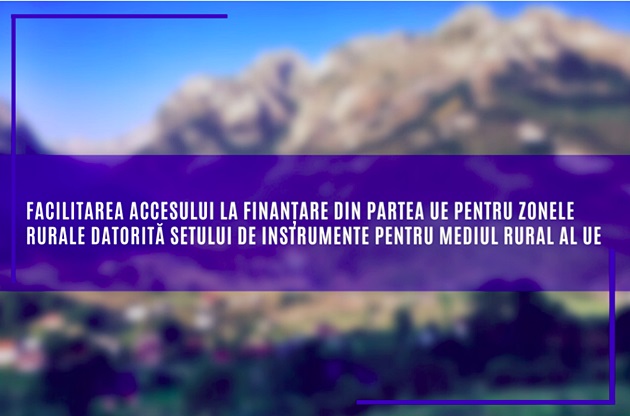
The European Commission has launched a new interactive guide that maps all available funding opportunities at the EU level for rural areas.
There are EU funds and programs that can promote sustainable growth and well-being in rural areas. However, identifying the most suitable option is not always simple for potential beneficiaries.
The Rural Toolkit brings together funding opportunities from 26 different EU funds, from the Common Agricultural Policy to the cohesion funds, Horizon Europe, and the Recovery and Resilience Mechanism. In just a few clicks, rural entrepreneurs and local authorities can find the best available funds to help them develop their projects.
This recently launched comprehensive portal for EU funding and support initiatives available for rural areas in the EU aims to provide applicants with the knowledge and tools needed to address local needs. Beneficiaries can be local authorities, institutions, businesses, associations, and individuals.
FUNDING AND SUPPORT FOR RURAL AREAS IN ALL EU LANGUAGES
The new tool provides automatic translations into all EU languages. An interactive funding identification device allows users to filter existing schemes based on multiple criteria:
their role or organization;
the activity they want to implement (e.g., improving infrastructure, addressing societal challenges, strengthening the local economy, increasing resilience to climate change and sustainability);
the type of support they are looking for: grants, financial instruments (such as loans and guarantees), or similar technical assistance counseling services, training, mentoring programs, support networks, etc.
After narrowing down the choices to the most relevant options, key information about current programs and initiatives is immediately available in printable fact sheets. These explain how each option is relevant to rural areas and include practical details, links to proposal calls, and relevant contact points.
ADVICE, GUIDANCE, AND INSPIRING STORIES
The Rural Toolkit also provides extensive guidance on how to maximize available opportunities.
Users can be inspired and explore a wide range of examples and case studies, discovering how EU funds and support mechanisms have already been successfully implemented in rural areas across the EU.
Many inspiring stories are displayed on a map that can be accessed – for example, the Biovilla cooperative in Portugal has become a leading actor in sustainability and environmental protection by promoting natural tourism, educational programs, and landscape restoration activities thanks to a combination of private and EU funds.
Following a similar approach, the Meridaunia organization in Italy has promoted rural, ecological, and cultural tourism experiences, along with local agricultural products, thus enhancing the competitiveness and reputation of the Monti Dauni area. In Romania, EU funds co-financed the establishment of a wooden toy factory that now exports worldwide and has created several jobs.
The Resources section offers guidance documents, reports, and manuals on EU funding opportunities for specific sectors, including broadband, culture, education, energy, environment, and tourism. Other general materials can be found on the "Frequently Asked Questions" and "About" pages.
Background of the dossier
The Rural Toolkit is part of the European Commission's long-term vision for stronger, connected, resilient, and prosperous rural areas in the EU.
EU rural areas cover 83% of the EU territory and host 30% of the EU population. In 2021, the European Commission presented its long-term vision for EU rural areas, identifying the challenges and concerns they face, as well as the numerous opportunities available to them.
In addition to all EU funds contributing to supporting prosperous rural areas, the vision is based, for its implementation, on two mutually reinforcing pillars: the rural action plan and the rural pact.
The action plan proposes four areas of action for the European Commission to stimulate stronger, connected, resilient, and prosperous rural areas in the EU. The Rural Pact is a framework for cooperation between authorities and stakeholders wishing to act for rural development at European, national, regional, and local levels.
